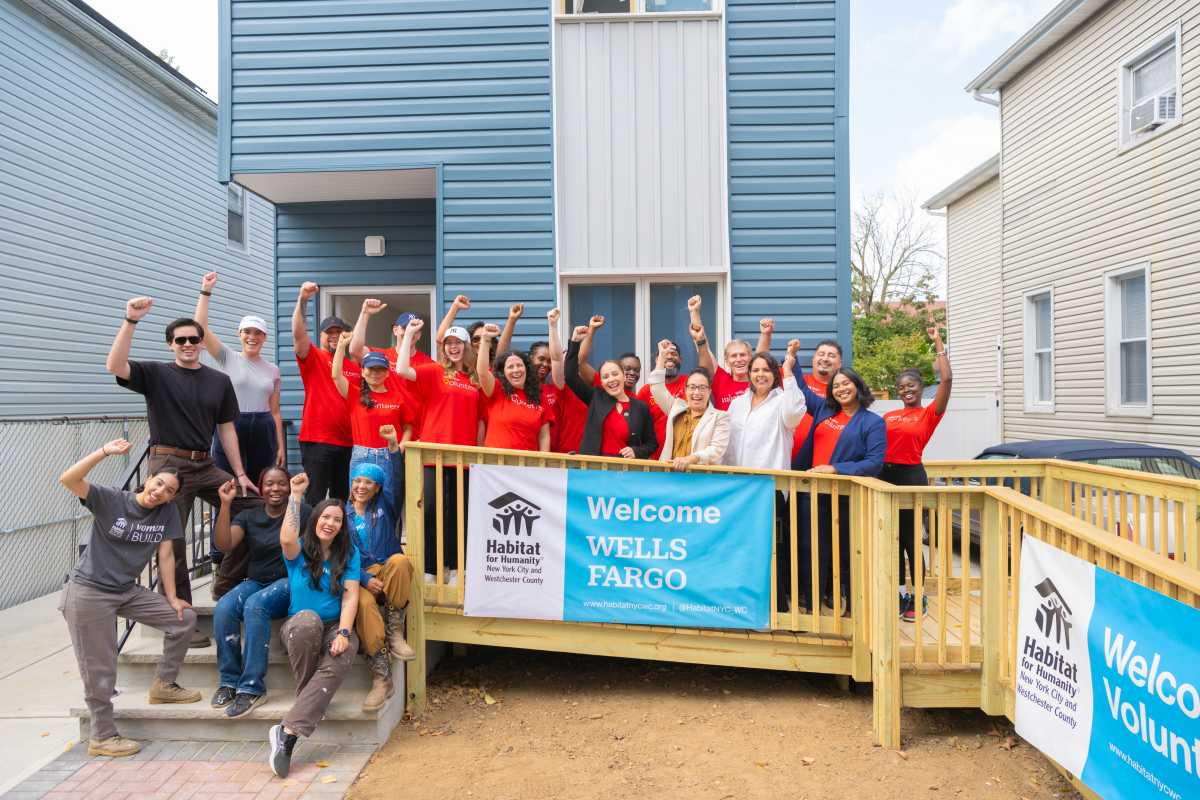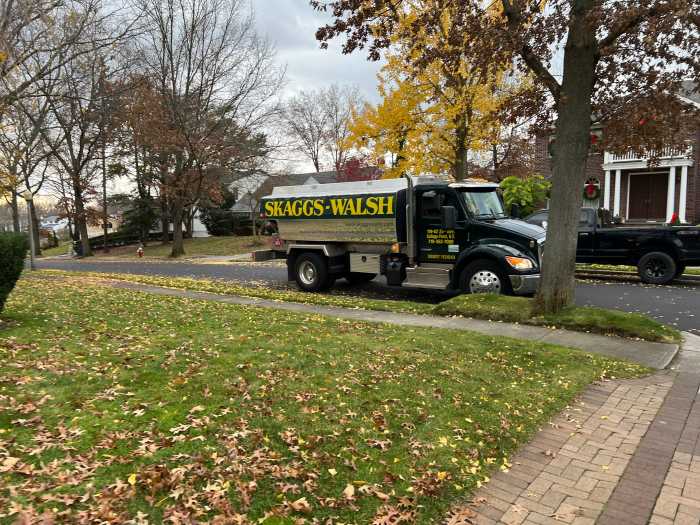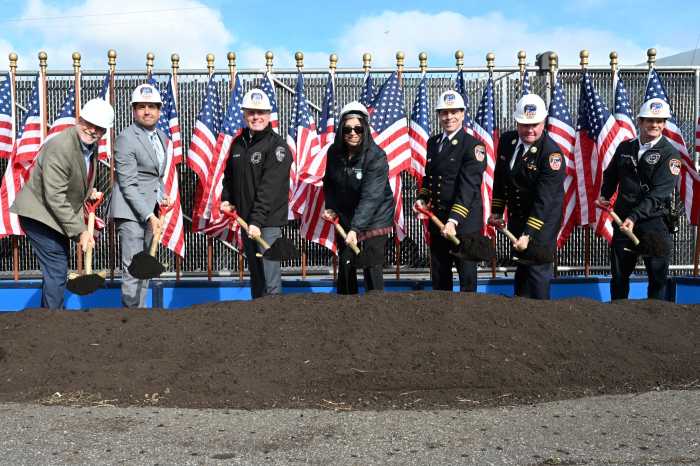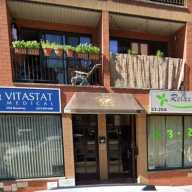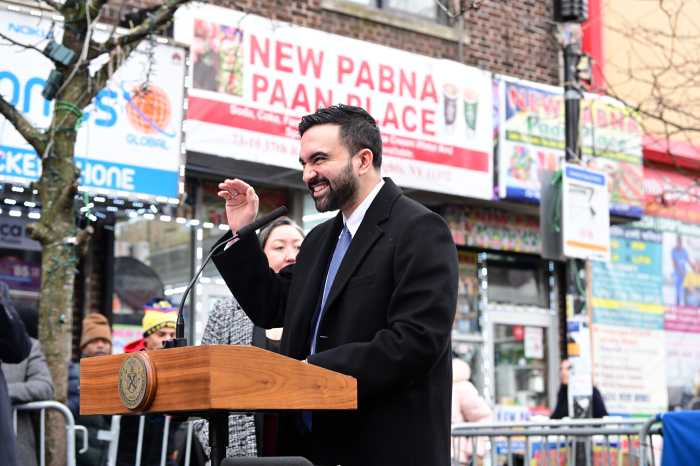Volunteers from Wells Fargo joined Habitat for Humanity New York City and Westchester County on Tuesday, Sept. 17, to help renovate a Queens Village home as part of an affordable housing project supported by the two organizations.
The Jamaica home, located at 106-10 215th St., is one of 13 dilapidated houses being turned into 16 new and rehabilitated green homes as part of the Habitat Net Zero project. Construction work began in 2022. The main goal of the project is to enable families to build equity and a legacy for multiple generations at these new affordable homes.
In addition to Queens Village, the other southeast Queens homes that are a part of this initiative span across Hollis, Jamaica, South Ozone Park, Baisley Park, St. Albans and Cambria Heights.
“We are grateful to Wells Fargo for their longstanding support, providing substantial funding and hundreds of volunteers to help more New York families access affordable homeownership, build generational wealth and preserve housing affordability within the community in perpetuity,” Habitat NYC and Westchester CEO Sabrina Lippman said. “It’s a wonderful full circle moment to have Wells Fargo here with us today helping to put the finishing touches on a Habitat Net Zero home for its future family, after helping us begin building these very homes back in 2022.”
Since 2015, Wells Fargo and the Wells Fargo Foundation have donated over $102 million to Habitat for Humanity International and local affiliates in support of affordable and sustainable housing. This includes support for new home construction and repairs, helping older adults age in their homes, neighborhood revitalization, and disaster response efforts. This build day was part of Wells Fargo’s annual “Welcome Home initiative,” wherein employees nationwide volunteer alongside local nonprofits and residents to support affordable and sustainable housing.
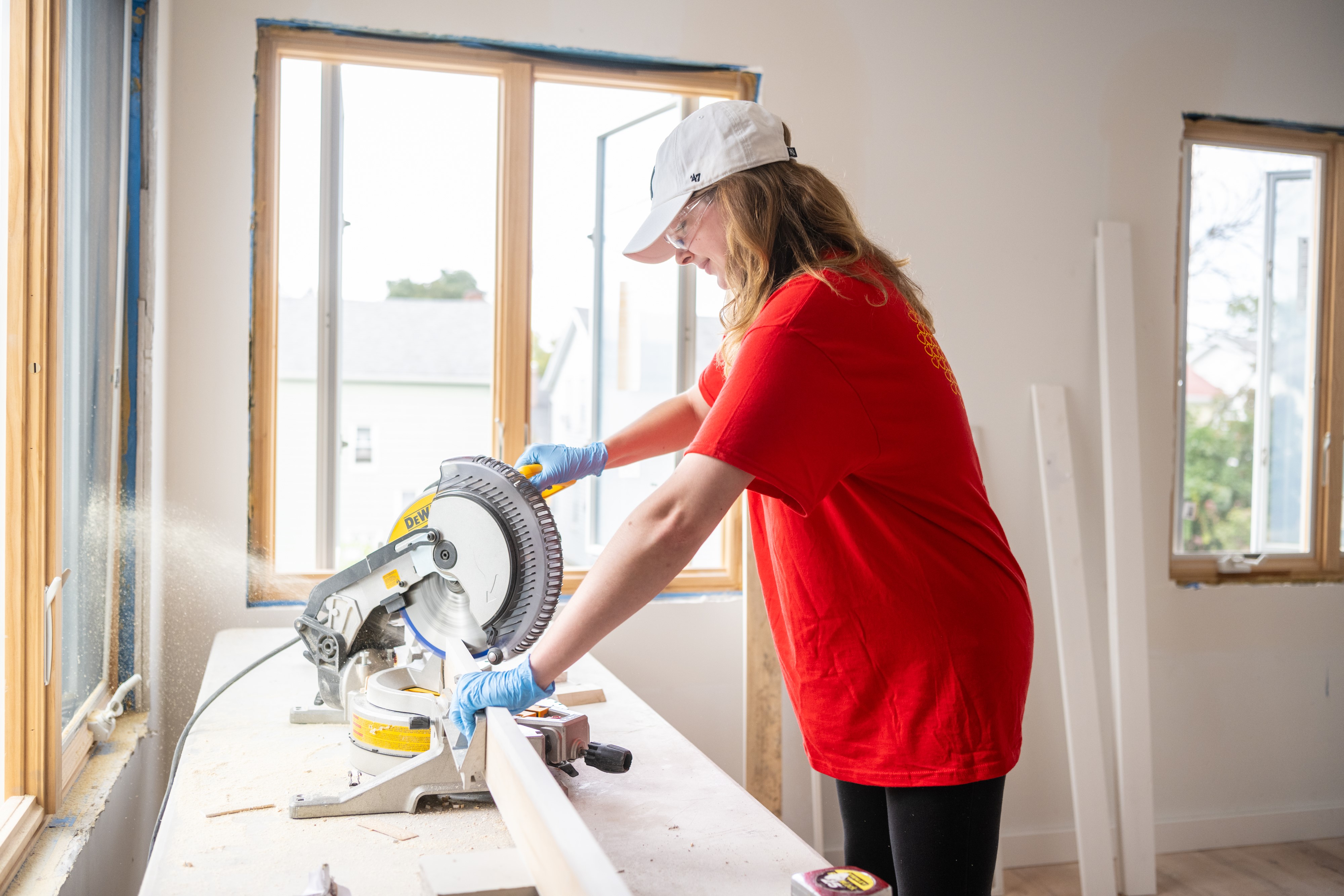
“Climate-friendly housing helps the environment and contributes to better community well-being, yet far too many households in southeast Queens have the least access to renewable energy,” said Catherine Domenech, Vice President of Philanthropy and Community Impact for New York at Wells Fargo. “That’s why we are incredibly proud to be part of this important initiative with Habitat NYC and Westchester. Through our grants and volunteer efforts, our support of Habitat Net Zero over the last two years has helped to provide affordable, energy-efficient housing to numerous families in need, and we’re proud to support the final phase of construction here today.”
The energy-efficient modular homes under the Habitat Net Zero project, such as the one Wells Fargo assisted in creating in Queens Village, are among the first new construction properties that will be part of the Interboro Community Land Trust, which is meant to be a new model for permanently affordable homeownership in New York City that creates a pathway to financial stability for families while also preserving economic and racial diversity in spite of gentrification.
A collaboration between the Center for NYC Neighborhoods, Habitat for Humanity New York City, the Mutual Housing Association of New York and the Urban Homesteading Assistance Board, the Interboro Community Land Trust was founded for the purpose of ensuring permanent affordability for New York families to build equity, legacy and sustainable communities.
Partners and funders of Habitat Net Zero include New York City’s Department of Housing Preservation and Development (HPD), New York City Housing Authority (NYCHA), the Affordable Housing Corporation (AHC), Local Initiatives Support Corporation (LISC), Nonprofit Finance Fund (NFF), Council Member Adrienne Adams, Former Council Member Daneek Miller and Queens Borough President Donovan Richards.
Of the 16 new green homes in the Habitat Zero Project, 13 are new constructions using prefabricated modular construction, while the other three are gut rehabilitations of existing structures. Each home will be equipped with rooftop solar panels and highly efficient heat-pump technology for heating and cooling, helping to reduce costs while also keeping homes at or near net zero energy use.

